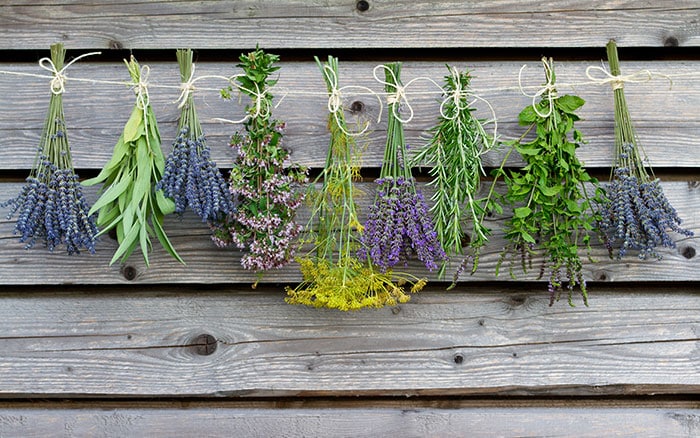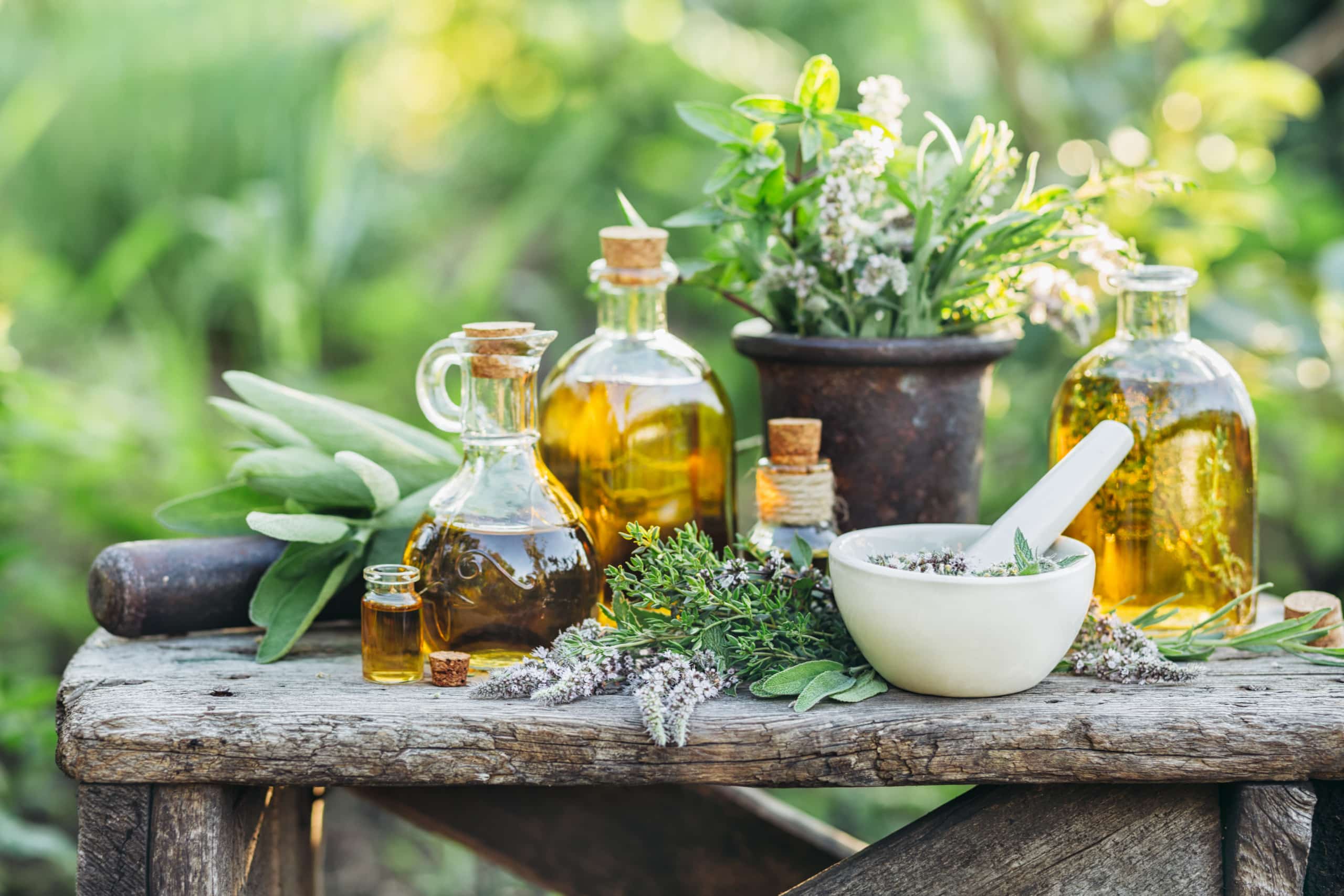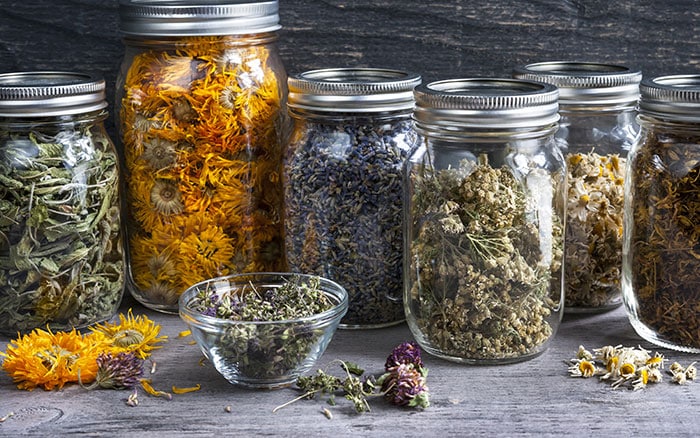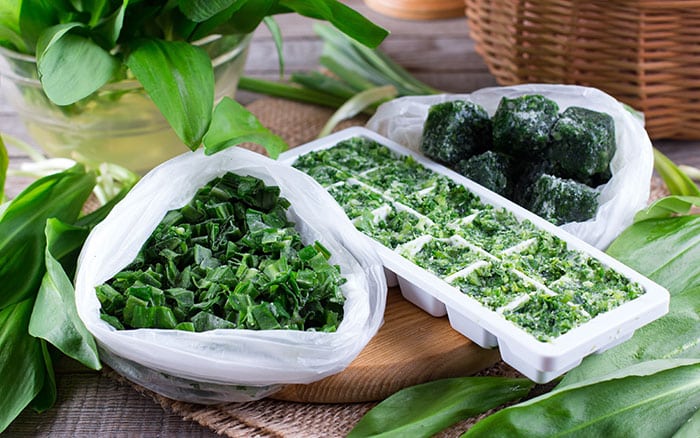Growing herbs in your garden is a must for anyone who loves cooking or sprucing up drinks to add a little more flavour. Some herbs are evergreen so you can take your pick whatever the season, however some need to be cut and stored to have on hand when you need them. So, find out about preserving and storing homegrown herbs.
Air drying
Firstly, air drying is a common and easy way to dry herbs that’s suitable for things like oregano, sage, rosemary, and thyme.
To do this, gather the stems into small bunches and tie them together using an elastic band or twine. Then, hang them upside down in a spot that’s out of direct sunlight but warm and dry.
You’ll know when the herbs are dry when they are crunchy and hard to touch.

Microwave drying

Rather than waiting for the herbs to air dry, a speedier method is microwave drying. This is a useful alternative for those in humid environments, where air drying can be a little more difficult.
Simply spread the leaves out on a paper towel and cover them with another paper towel.
Then microwave them for 1-3 minutes, checking regularly to move around the leaves so they dry evenly. After, leave them to cool before storing.
If you can’t rely on your garden, grow them in tubs using ericaceous compost from a garden centre, feeding regularly with sequestered iron. You could also put some rusty nails in the bottom of planting holes, as the iron will help them grow. Grab yourself a big oak half-barrel online or even a half-cut dustbin.
Their spectacular flowers bloom early in the season – delicate white bells or lanterns complement the fantastic foliage, which has superb autumn colour.
Storing dried herbs
To store these dried herbs, place them into airtight containers, such as jars.
Don’t forget to label them with the herb name and the date.

Freezing herbs

On the other hand, some herbs preserve their flavour better when frozen rather than dried. Fleshy herbs like basil, dill, and parsley are great choices for freezing.
Get them ready for freezing by blanching them in boiling water, then transferring them to a container of icy water which stops the cooking process.
The first option is to then dry the herbs by patting them dry with a towel and putting them into freezer bags labelled with the herb name and date.
Alternatively, create herb ice cubes by chopping the herbs and adding to the cells to fill it half-way, then top up the rest of the cell with water and freeze. When frozen, these can be added to a freezer bag to take up less space.
Herb ice cubes are great for borage because they are perfect to add to summer drinks and cocktails – very convenient!
Make the most of your herb garden with these handy ways of preserving and storing homegrown herbs. You’ll have an abundance of flavour to add to your dishes and drinks all year round.
David Domoney is a Chartered Horticulturalist, Broadcaster, and Author. David has worked with a number of the UK’s leading garden retailers as a plant buyer and strategic consultant. With more than 30 years experience, in horticulture, David is as passionate about plants now as he was when he bought his first plant at a village fete.







Leave A Comment